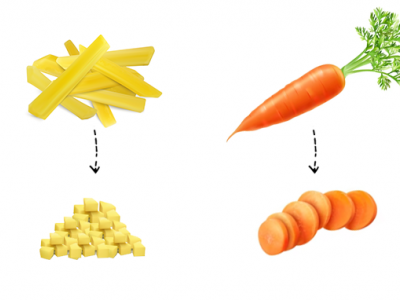Machine Learning
We provide a dataset with IQ signals captured from multiple Sub-GHz technologies. Specifically, the dataset targets wireless technology recognition (machine learning) algorithms for enabling cognitive wireless networks. The Sub-GHz technologies include Sigfox, LoRA, IEEE 802.15.4g, IEEE 802.15.4 SUN-OFDM and IEEE 802.11ah. Additionally, we added a noise signal class for allowing detection of signal absence.
- Categories:
 847 Views
847 ViewsThe rocket nose-cone shapes have been generated by blending few conic sections together (two conic sections in one) and the simulated against mach number regime from subsonic through transonic to supersonic. The aerodynamic drag coefficients have been recoded for each shape for each mach number.
- Categories:
 463 Views
463 Views
This dataset contains trained weights to predict ECG abnormalities.
- Categories:
 36 Views
36 Views
This folder consists of codes, dataset, and models.
- Categories:
 17 Views
17 Views
- Categories:
 524 Views
524 ViewsInterference signals degrade the performance of a global navigation satellite system (GNSS) receiver. Detection and classification of these interference signals allow better situational awareness and facilitate appropriate countermeasures. However, classification is challenging and processing-intensive, especially in severe multipath environments. This dataset is the result of a proposal for a low-resource interference detection and classification approach that combines conventional statistical signal processing approaches with machine learning (ML).
- Categories:
 388 Views
388 Views
Perth-WA is the localization dataset that provides 6DoF annotations in 3D point cloud maps. The data comprises a LiDAR map of 4km square region of Perth Central Business District (CBD) in Western Australia. The scenes contain commercial structures, residential areas, food streets, complex routes, and hospital building etc.
- Categories:
 395 Views
395 ViewsThe ability to perceive human facial emotions is an essential feature of various multi-modal applications, especially in the intelligent human-computer interaction (HCI) area. In recent decades, considerable efforts have been put into researching automatic facial emotion recognition (FER). However, most of the existing FER methods only focus on either basic emotions such as the seven/eight categories (e.g., happiness, anger and surprise) or abstract dimensions (valence, arousal, etc.), while neglecting the fruitful nature of emotion statements.
- Categories:
 6454 Views
6454 ViewsTo gather the dataset, we asked two participants to perform six basic knife activities. The layout of the system experiment is provided in Fig. 4. As it illustrates, we put the receiver on the right side and the ESP32 transceiver on the left side of the performing area. The performing area is a cutting board (30 x 46 cm) in this experiment. Each participant performs each activity five times in the performing area.
- Categories:
 422 Views
422 Views
来自尚进的岩爆数据集,包含 6 个岩爆特征和 300 个岩爆数据集。
- Categories:
 129 Views
129 Views



